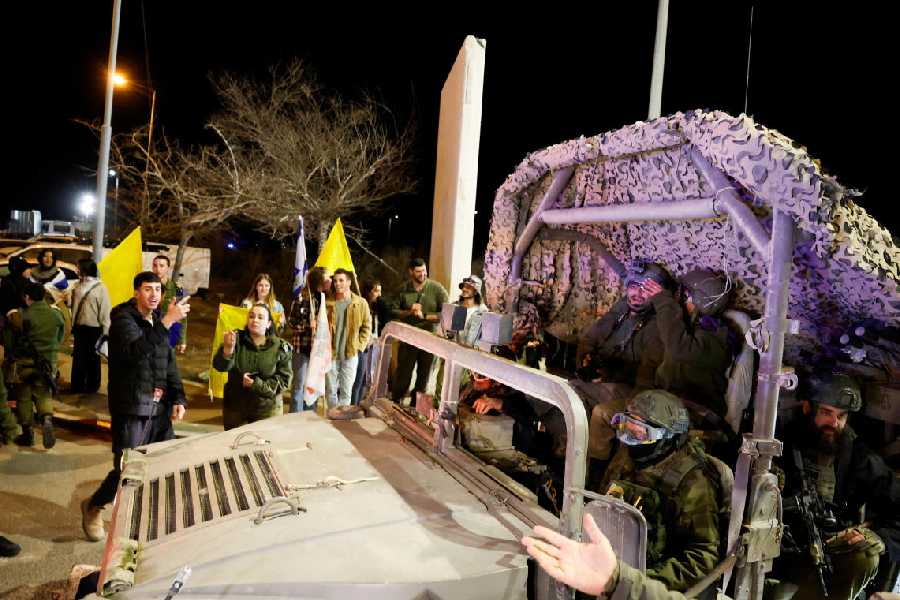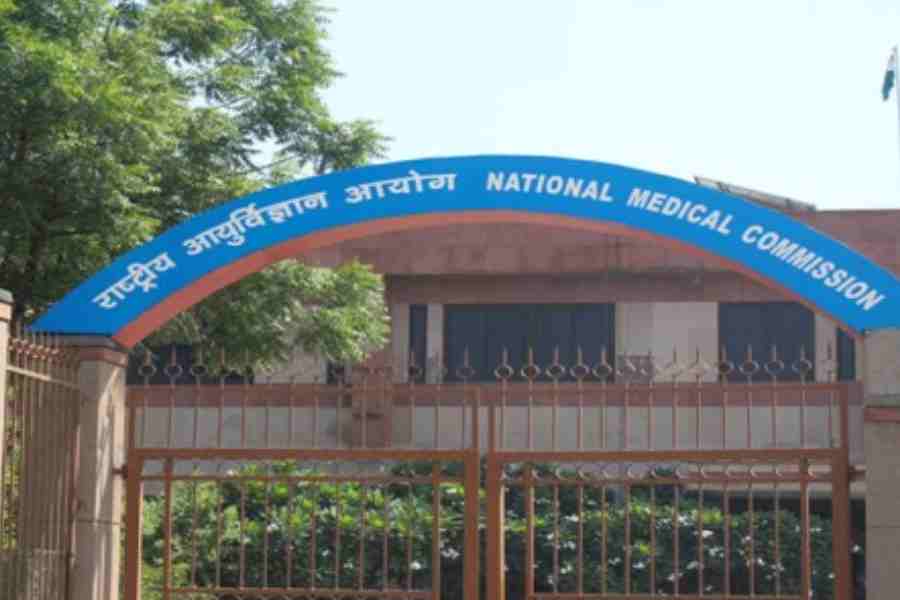A group of Banglar dakats — their eyes red, matching the scarlet shade of their lungis — had attacked a solitary cart inside a saal forest on a moonlit night, only to be confronted by Podipishi — a fierce, feminine figure dressed in a white thaan, beads dangling over her chest. In this confrontation, the mercurial pishi triumphs against the robbers, sternly ordering the vanquished men to make reparations. But that is only because this is the enchanting, fictive world of Leela Majumdar. In reality, Bengal’s version of the highwaymen had earned notoriety, as is evident from the following note by a daroga that was dug up by Suranjan Das in a fascinating article for the Economic and Political Weekly (“Behind the Blackened Faces: The 19th Century Bengali Dacoit”). Among other things, the police official noted that ‘dacoity’ — the legal term for the crime — was endemic to nineteenth-century Bengal — 524 cases, the highest ever, were recorded in 1851 — and that its perpetrators were known for being brutal.
The motive for interrogating the figure of the dakat is two-fold. This discussion is not untimely. The subterranean association of Kali Puja — it fell on October 24 — with the emblematic figure of the brigand persists, enabling a curious blurring of lines between devotion and the drawing of blood. A number of pujas in Bengal continue to draw crowds and cameras — given this is the age of social media — on account of this nexus: they include Gagan dakat er Kali pujo in Singur as well as those in the names of his peers such as Raghu and Kele, both of which take place in Hooghly district. Interestingly, Das’s article cites a deposition by Sadhu Charan Deb — he was accused of dacoity — who offers telling glimpses of the dakats’ faith in the goddess as well their ritualistic praxis: “I… arrived… where the other dacoits were assembled, it was then about three hours after sunset… after 9 o’clock we left the house… taking swords and shields… axes… sticks and… torches, we then proceeded in a southern direction till we came to a tank… we performed our devotions to kali, and smearing our faces we again started… [for] the house (that was to be raided).”
The second and, arguably, more compelling reason for the interrogation has to do with the nineteenth-century Bengali robbers’ ability to exist in a twilight realm where public admiration for law and lawlessness intersected in intriguing ways, leading to the simultaneous vilification and valorisation of the outlaw. Indeed, there is an unmistakable urge to insert in the personhood of the dakat an element of nobility in some literary and cultural reconstructions. Consider Dheerendralal Dhar’s book, Banglar Dakat. In it, Dhar — he had achieved modest literary fame as a writer of stories for adolescents — depicts the outlaw as a wronged, subaltern character, suggesting, subtly but audaciously, that justice often permeated the robber’s tryst with the colonial State. Thus, Raghu dakat avenges the horrors perpetrated by the white indigo planter; Shibe dakat, on the other hand, rises against feudal — casteist? — oppression.
Das also provides empirical evidence of the Bengali bandit bending other, seemingly inviolable, lines. C.H. Keighly, a colonial official whom Das cites, says that unlike thugs in other geographical spans of a colonised India who banded on the basis of caste solidarity, Bengal’s brigands were remarkably fluid in terms of fraternising along the lines of caste/ class with “every class of society, from the petty Jungle Rajah,… to the lowest class…” amenable to recruitment in gangs with mixed identities. For instance, Ram Coomar Chung’s band of robbers in Hooghly comprised low and high castes as well as a “Mussulman”. In Rajshahi, Hindu mahajans — Choonee Mundle of Pasooree being one — would not hesitate to employ the services of Muslim dacoits like Shaik Jahan Buksh.
The economic ecosystem of banditry in nineteenth-century Bengal also brings to light other uncharacteristic fidelities and traits. Mahajans shared a fiduciary relationship with robbers, extending loans to dacoit sirdars who, in turn, often sold portions of their booty as repayment. Another beneficiary was the local police. There were honourable agreements between darogas and dakats in Hooghly, Barasat and the 24 Parganas, with the latter deciding not to molest them or residents under their jurisdiction upon receiving a steady supply of nazir (remuneration). Lower-level police officials — chowkidars and jamadars — were known to act as informers or even lead raids: “Yaroo chowkeedar ‘went to commit dacoity. And receiving his share… returned and equipped himself for duty as Chowkeedar,’” writes Das. This cosy nexus between robber and cop was broken only when the State decided to implement, sometime in 1856, Colonel Sleeman’s scorched earth policy against thugees. Zamindars, the victims of brigands in the popular perception, were equally complicit, profiting indirectly from brigandry while their employees, gomostas and lethels, changed the spots of virtue and vice to their advantage. Strikingly, according to the Robbers’ Guidebook, collateral damage in terms of loss of lives was to be kept to a minimum and women were not to be touched in the course of an operation. These ‘values’, which were adhered to by most sirdars, further embellished their image in the local narrative.
Of course this trope of nobility is not a monopoly of Banglar dakat. In his monumental work, Bandits, Eric Hobsbawm identifies specks of noble banditry in literary and cultural traditions in lands as diverse as England (Robinhood), Spain (the Catalan Baroque bandits), Germany, Mexico and even Confucian China that has immortalised Bai Lang who, much like his medieval English peer, robbed the rich to aid the poor. But this romanticisation, Hobsbawm warned, was based on cherry-picking. “Where the popular rural, and even city, public had a choice,” writes Hobsbawm, “it selected those parts of bandit literature or bandit reputation that fitted the [idealised] image.” And at the heart of this collective editing lay complicated responses to broader social and economic transformations. Thus, in the context of nineteenth-century Bengal, cultural memory’s beatification of social banditry cannot be understood without investigating the agrarian crisis and the political disorder that were synonymous with the region at the time.
Raghu, Kele or Burdwan’s Prahlad dakat were imperfect men. But they were, as Hobsbawm and historians of crime would attest to, also victims of great transitions — agrarian, political and economic — over which they had little control.
Is that why Podipishi spared them too harsh a retribution?










